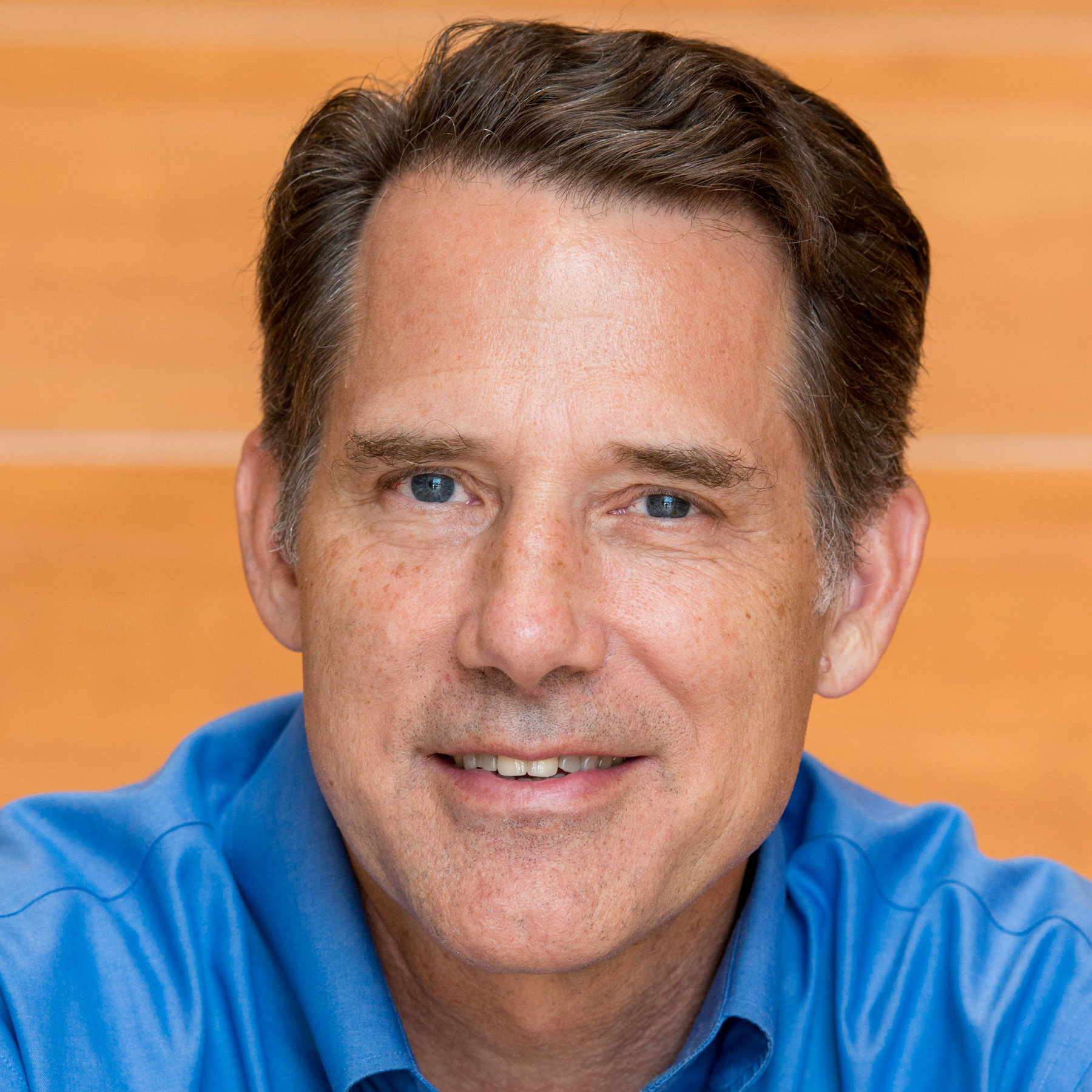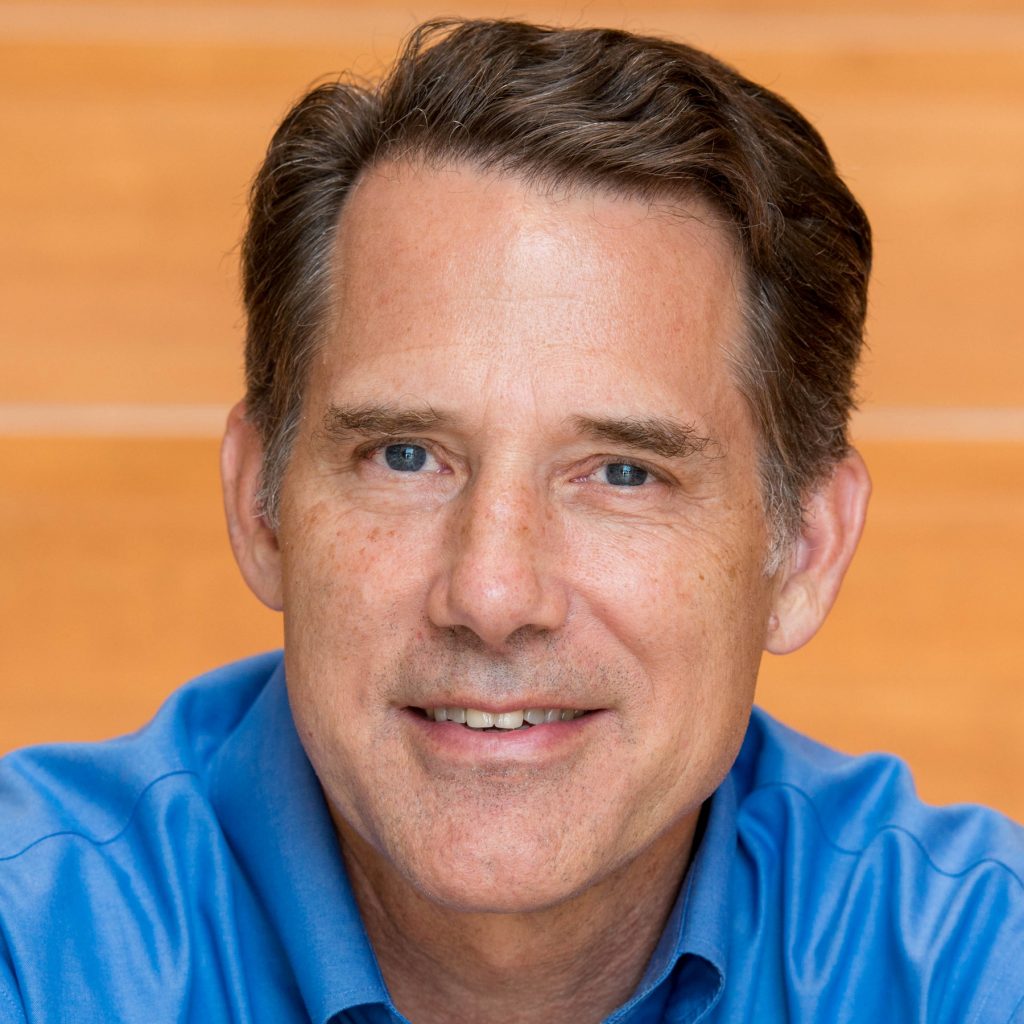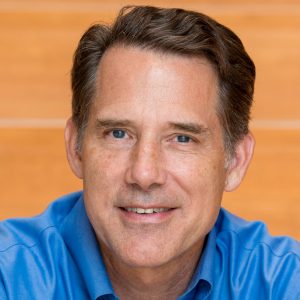As a Design Principal and Design Director at Hanbury, Rob provides design leadership across the firm and his award-winning designs throughout the United States and abroad include a wide range of project types in higher education, government, and corporate-commercial sectors. Rob values simplicity, clarity, and restraint as traits of design that not only stand the test of time, are loved and endure, and ultimately matter. Often working with diverse stakeholders Rob guides a process that is inclusive, collaborative, and focused on the unique qualities that define each opportunity.
Rob served on the AIAVA BoD from 2012 to 2020 and as President in 2019. Prior to that, Rob was an AIAHR board member for five years, annually chairing Architecture Week, facilitating the Design Awards program and the Annual Speaker Meeting, and bringing Pecha Kucha (peh–CHAK-cha) Night to Hampton Roads.
Originally from Minneapolis, Rob and his wife Lily – also an architect – have two daughters, Olivia and Ruby. After many years in Norfolk and officially ‘flat landers’, they love the beach, the surf, and life in Hampton Roads.
Where did you go to architecture school?
Iowa State University, Ames, IA
Harvard Graduate School of Design, Cambridge, MA
Otaniemi Technical Institute, Helsinki, Finland
What do you think it takes to be an architect?
Curiosity, resiliency, a dose of subservience, and the belief that what we love to do really matters.
Is there an architect that particularly inspires you?
Many. I work with them every day.
What are you currently reading?
The New Yorker. My Saturday afternoon respite. I am also reading The Soul of America by Jon Meacham. I’ve always had diverse interests and reading is one of the ways I satisfy that.
What’s the best meal you’ve ever had?
I love to eat and have had too many astounding meals… so maybe it’s more about the circumstances than the meal itself. One of my favorites – a late afternoon lunch on the 2005 Hanbury International Design Retreat – a perfect day under a vine arbor in Switzerland with the Swiss architect Franco Morrow after touring several of his amazing buildings. I don’t recall the food exactly, but one of the best meals I’ve ever had. “Fantastico!” F Morrow
Why do you volunteer with AIA?
When my wife Lily, daughter Olivia and I relocated from Washington, DC to Norfolk in 2005, leaving family, friends, and Georgetown behind, other than the handful of colleagues I interviewed with at Hanbury, we knew absolutely no one. So, by getting involved with the AIA Hampton Roads Board I initially saw an opportunity to plug in and meet like-minded people, which quickly advanced to supporting activities and events that I found interesting or compelling – the AIAHR Speaker Series and the opportunity to personally host James Timberlake, Ann Beha, and Neil Denari… a regional workforce housing design competition associated with the Celebration of AIA 150… the Design and Honor Awards celebrations… Architecture Week and the first of several Pecha Kucha events.
When joining the AIA Virginia Board in 2012 I did have one ‘immediate mission’ – raising awareness around the use of the ‘intern’ title for architecture graduates not-yet-registered. One of my not-yet-registered Hanbury colleagues, after masterfully presenting a project update was asked by our client, who was curiously eyeing my colleague’s business card with the presentation still pinned up behind us – “as an intern… are you paid for this work?” Wow… it struck me how vague, demeaning, and often inappropriate the intern ‘title’ was.
I want to say that I’m responsible for the AIA adopting the use of “architectural intern” or “intern architect” for graduates of NAAB-accredited degree programs, but before I could do anything AIA National, way ahead of me (imagine that…), was already implementing this change. Needless to say though, as I served a steady stream of opportunities to have a voice with colleagues in planning AIAVA events and initiatives, evolving member services, or championing public policy and regulation were satisfyingly at hand. And out of the gate to see an issue addressed so skillfully and expediently both assured and inspired me.



